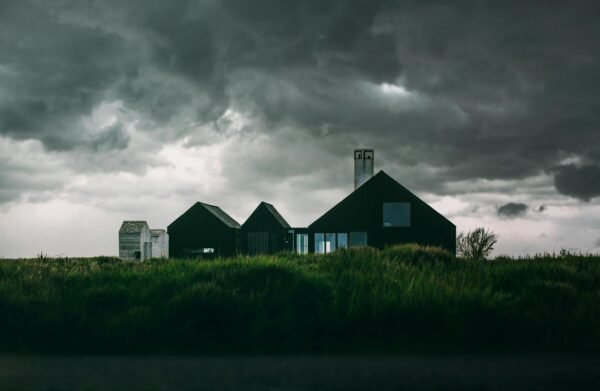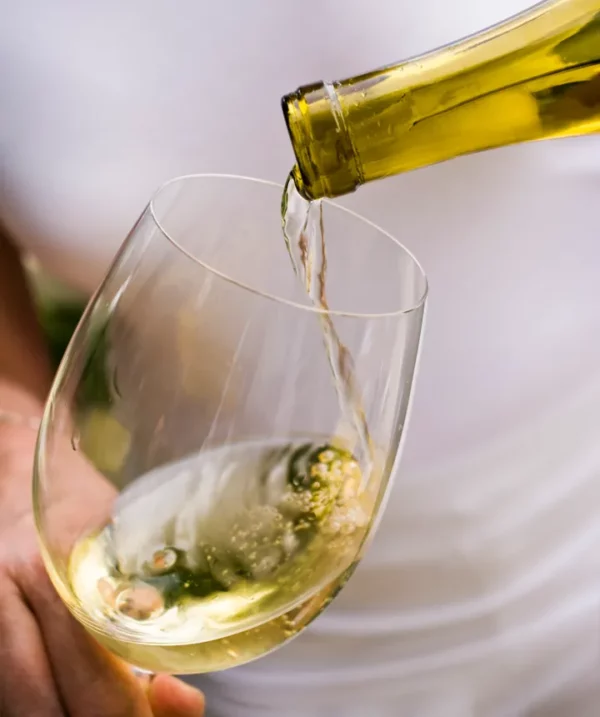
From Vine to Bottle: The Art of Winemaking and How it Affects the Taste

Wine is integral to our lives, particularly regarding socializing and special occasions. From the joys of a sunny picnic spent bonding over bottles of rosé in the park to the delicate complexity of an aged Bordeaux enjoyed at home with friends, wine has provided us with many memorable moments. But have you ever wondered what goes into making each unique bottle?
The process of winemaking is incredibly complex, taking skill and precision from craftspeople all across the globe to perfect their art. In this article, we’ll explore both sides – first delving into how wines are made behind the scenes before discussing how these techniques affect your taste buds. So settle back, pour yourself something delicious, and enjoy. Discover the best winery near me: Santellan Vineyards offers some of the best red and sparkling wines everyone should taste.
The basics of winemaking
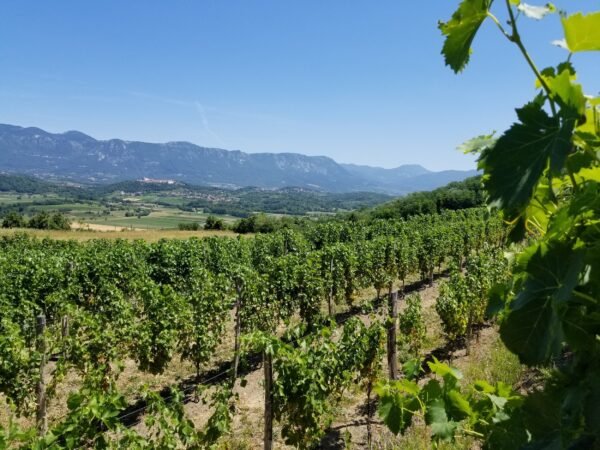
Wine has been around for thousands of years, and it continues to be enjoyed around the world. But have you ever wondered how it’s made? The basics of winemaking involve carefully combining just a few simple ingredients: grapes, yeast, and time.
First, the grapes are crushed to release their juice, fermented with the help of yeast. This process converts the sugar in the juice into alcohol, resulting in a young wine that still needs to mature. It must be aged in barrels or tanks for several months or even years to do so. The wine develops complex flavors and aromas that make it truly special as it ages.
From harvesting the grapes to bottling the final product, winemaking is a complex and fascinating process that requires skill, patience, and a deep love for the craft. Check out a wine club for a deeper dive into the winemaking process.
The art of aging wine
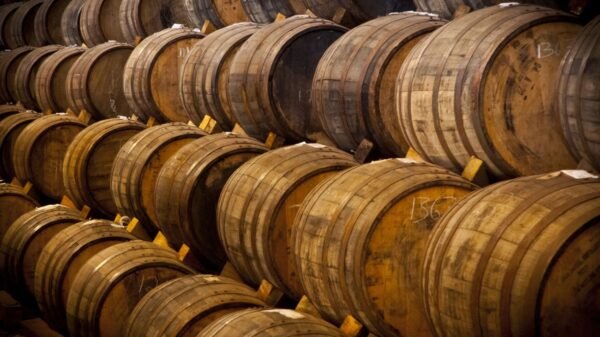
Once the wine is made, the aging process can begin. It usually involves storing wine in wooden barrels or stainless steel tanks for some time, allowing it to develop its characteristic flavor and aroma as it matures. The length of time and type of barrel used will affect the eventual taste of the wine, so winemakers take great care when choosing these elements.
The wine’s environment also plays a role in how it ages. Temperature and humidity levels must be carefully monitored throughout the aging process to ensure the wine develops correctly. If these conditions are not met, harmful bacteria could enter the wine and ruin its taste.
From the vineyard to the bottle
The winemaking process can be broken down into three steps: vineyard to bottle. First, the grapes are picked and sorted according to quality. The next step is fermentation, during which the wine’s flavor and aroma develop. Finally, the wine is aged in barrels or tanks before being bottled and ready for sale.
At each stage of the winemaking process, skillful craftspeople are hard at work ensuring that their wine has the perfect balance of flavors and aromas. From selecting suitable grapes to controlling temperature and humidity levels with the use of a humidity control storage, there’s a vast amount of knowledge and experience behind every bottle of wine – making it truly unique in its own right.
Winemakers’ secrets

When it comes to winemaking, the possibilities are nearly endless. Every winemaker has unique methods and techniques that give their wine a special flavor. They may use different types of barrels, blend multiple wines, or age the wine for extended periods, which can affect its taste.
These secrets are closely guarded by winemakers and passed down from generation to generation. It takes years of practice and experimentation to perfect each recipe and ensure the wine is as delicious as possible when it reaches your lips.
Different grape varieties
The type of grape used to make wine will significantly impact its taste. For example, Cabernet Sauvignon grapes produce full-bodied and tannic wines, while Pinot Noir grapes create light-bodied wines with delicate aromas. Knowing which type of grape is best suited for the style of wine you’re looking for is vital to creating a delicious bottle of vino.
In addition to the type of grape, how it’s grown can also influence the flavor. Growing grapes in warmer climates usually produces riper flavors and higher alcohol content. In cooler regions, however, the sugars don’t develop as quickly – resulting in fresher-tasting wines with lower alcohol levels.
Food pairings
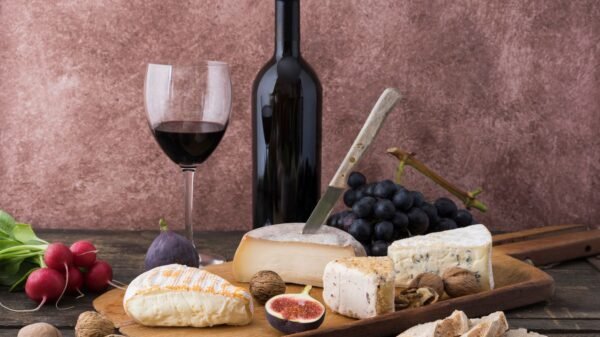
Once the wine is bottled, it’s time to enjoy! However, choosing the right food pairing is essential to get the whole flavor experience. Different wines will go better with different dishes – so be sure to find out what works best for your favorite bottle of vino.
For example, a heavier red like Cabernet Sauvignon pairs well with heartier dishes such as steak or stew, while a lighter white like Chardonnay is perfect for fish and summer salads. If you’re feeling adventurous, why not try an unexpected combination, such as a dry rosé with dark chocolate?
The joy of winemaking
Winemaking is an art form. It takes a lot of skill, knowledge, and patience to create the perfect bottle of vino – but it’s worth it when you can enjoy the fruits of your labor.
Whether you’re a beginner or an experienced winemaker, there’s always something new to learn and discover in this beautiful world. So next time you uncork that particular bottle, take a moment to appreciate the hard work and dedication that went into creating it – because without them, none of us would be able to enjoy such delicious wines.

























